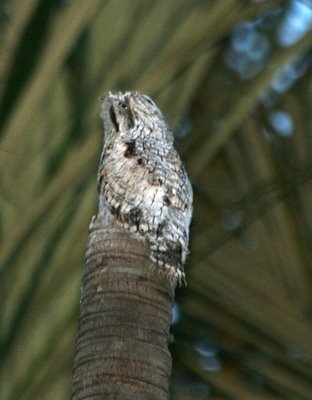 On the way to the lilies, we passed a stakeout--a baby common potoo waiting for its mama atop a palm stump. She had laid her single egg in the rotted top, incubated it there, and this baby had clung while she hovered and fed it for the past few weeks. Man, I'd like to see that. A potoo is like a giant whip-poor-will, a nocturnal moth and flying insect eater with a huge gaping mouth and giant kind of creepy alien eyes, a tiny hooklike bill. It roosts all day sitting bolt upright, trying to look like a rotten branch stub, and it does a durn good job. The potoos all have a tiny notch in the eyelid toward the rear of the upper lid which allows them to peek out of their closed eyes to see who's trying to figure out if that's a branch stub or a bird.
On the way to the lilies, we passed a stakeout--a baby common potoo waiting for its mama atop a palm stump. She had laid her single egg in the rotted top, incubated it there, and this baby had clung while she hovered and fed it for the past few weeks. Man, I'd like to see that. A potoo is like a giant whip-poor-will, a nocturnal moth and flying insect eater with a huge gaping mouth and giant kind of creepy alien eyes, a tiny hooklike bill. It roosts all day sitting bolt upright, trying to look like a rotten branch stub, and it does a durn good job. The potoos all have a tiny notch in the eyelid toward the rear of the upper lid which allows them to peek out of their closed eyes to see who's trying to figure out if that's a branch stub or a bird.By the looks of it, this baby potoo has a way to go before it will fly. If the potoo is like the nightjars to which it's related, the baby will be dependent for quite some time. Baby common potoos start to "branch," or locomote in the vicinity of the nest site, at four weeks of age, finally flying at day 50. Although we were told this youngster was a week old, I had my doubts about that...I'd age him at about three weeks. The nestling dependency periods of tropical birds are really out there in some cases. For instance, our chimney swifts and hummingbirds have a really long nestling period, finally flying at around Day 30, but these potoos wait until Day 50? Wow. And they probably get parental subsidy even after that. I have to say that branching around this isolated palm stump is going to be a real feat. I can't imagine him sitting motionless out in the blazing sun all day, but apparently he does. As you can see, natural camouflage is his only defense.
Victoria regia is the world's largest water lily, with one of the largest single leaves in the plant kingdom. It's got a massive blossom, as well, which is pollinated by a largeish brown scarab that looks like our Junebug. It was completely dark by the time we reached the Regia stand, and scarabs were buzzing and bumbling around the blossoms. Perhaps thirty of them dropped into the blossom we were watching. There, they tumbled and rumbled over each other and dug down deep into the flower's stamens, pollinating it. Something told me the lily wasn't the only thing getting pollinated that night. I'm just sayin'. The lily would close up on them and keep them until the next night, when they'd presumably go off to find another lily and bring this one's pollen along.
I was so curious what was going on in the flower that I almost fell out of the boat trying to see. I also wanted to smell it. It had a nice powder-room scent, reminiscent of bubble gum, or the distant scent of Japanese honeysuckle on a summer evening.
Our host at Karanambu, Diane McTurk, is the lady in the lower right corner. She was pouring rum and lime for us, adding a festive air to the outing, which was already awesome enough. At least we weren't driving. Rum is the drink of choice in Guyana, where sugar cane is the main export. Rum is made from fermented sugar cane. And Guyana makes El Dorado, the best rum in the world. Yum. I came to Guyana thinking that rum gives me a headache, and I left with a bottle of 15-year-old ED in my suitcase. Here I am, thoroughly under the influence, grooving on the bug orgy in the giant lily. My roommate Erica Gies is right next to me.
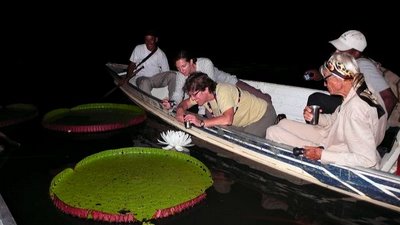 Photo by Kevin Loughlin
Photo by Kevin LoughlinI'm indebted to Kevin Loughlin for this photo. Please check out his brand new blog, Notes from the Wildside. As a professional photographer, guide and teacher, he's got much better pictures than I of many of the same birds and places. I am proud to say that I was the vector by which Kevin got infected by the blogger virus. The world will be a better place for it. His photography tips are real good, and for free.
I like this shot of a blurry flower and sharp leaf. The flowers were rockin' and rollin' with all the beetle activity in their innards. If this lily's rockin', don't come knockin'.
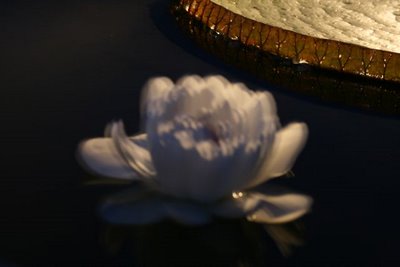 I don't like flash photography as a rule, but flash was the only way to get an acceptable image of the lily.
I don't like flash photography as a rule, but flash was the only way to get an acceptable image of the lily.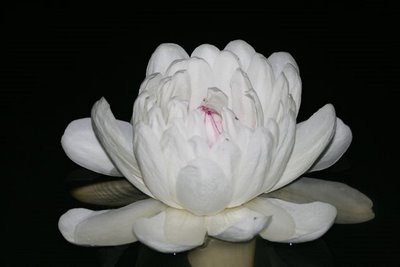 The classic Amazonian postcard has an Amerindian baby curled up on a V. regia leaf. Indeed, the massive leaf can hold quite a load. When you press on it, it undulates like a water bed. But don't touch the red underside. Full of narsty spines. I'm thinking that that keeps herbivorous fish and manatees from chomping on them.
The classic Amazonian postcard has an Amerindian baby curled up on a V. regia leaf. Indeed, the massive leaf can hold quite a load. When you press on it, it undulates like a water bed. But don't touch the red underside. Full of narsty spines. I'm thinking that that keeps herbivorous fish and manatees from chomping on them.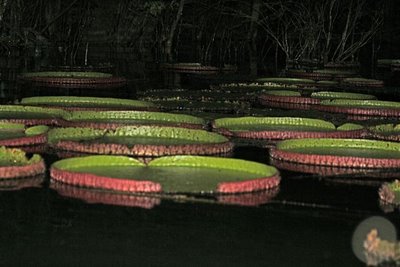 Quite impressive, in their ranks stretching away into the darkness.
Quite impressive, in their ranks stretching away into the darkness.We found a lengthy tree boa doubled up in some overhanging branches. Snakes on a boat!
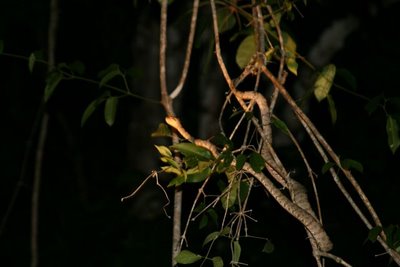 Tomorrow, we'll take a look at the accommodations at Karanambu Camp. It's not for sissies. Not being a sissy, I loved it.
Tomorrow, we'll take a look at the accommodations at Karanambu Camp. It's not for sissies. Not being a sissy, I loved it.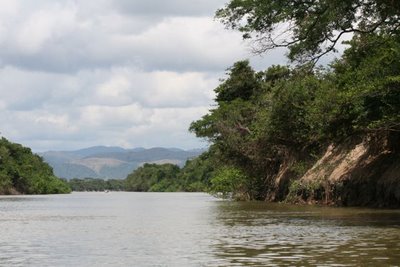
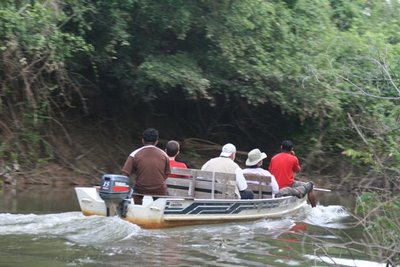
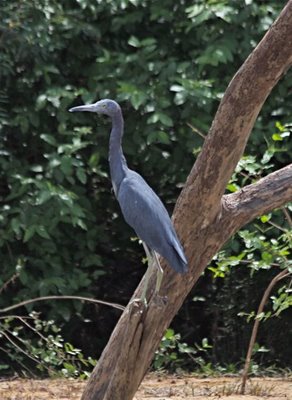
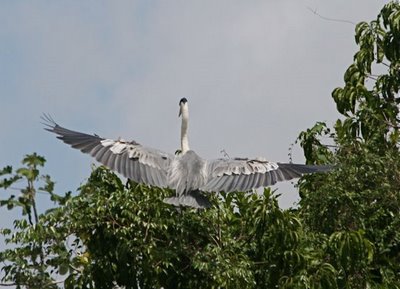
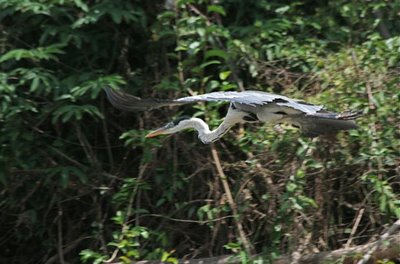
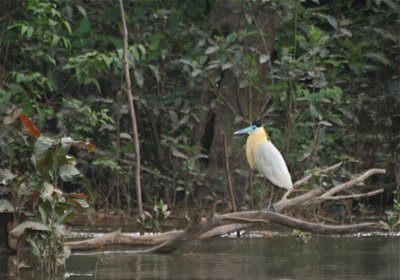
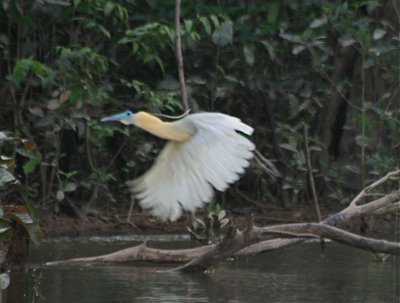
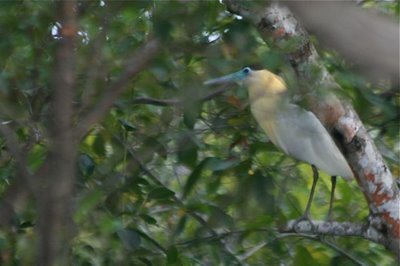
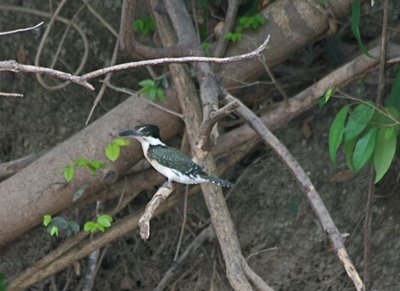
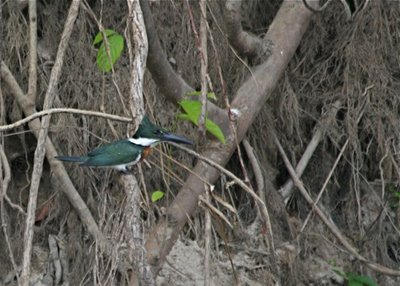
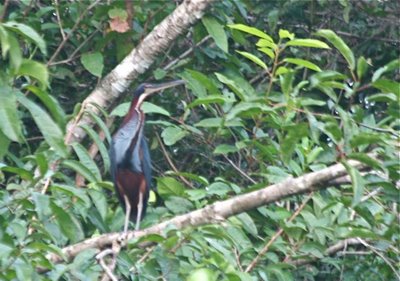
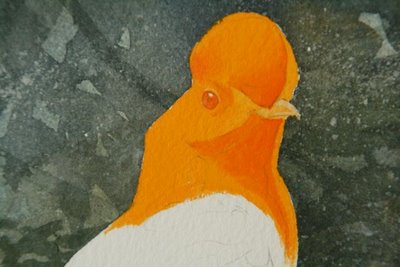
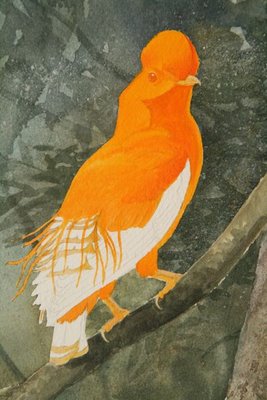
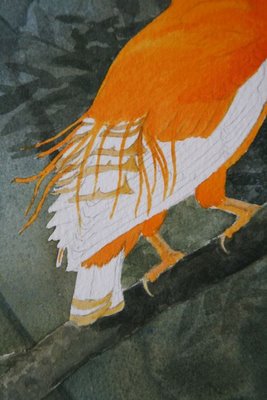
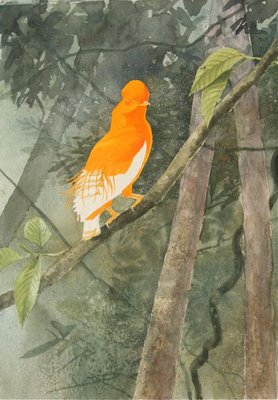
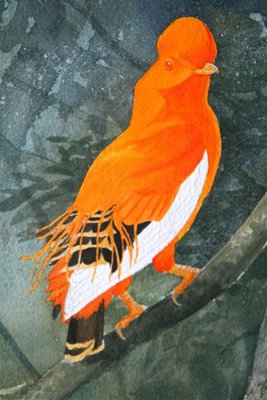
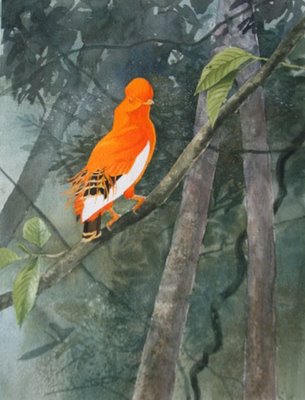
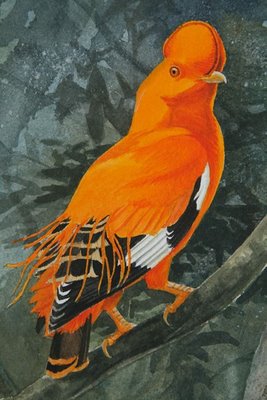
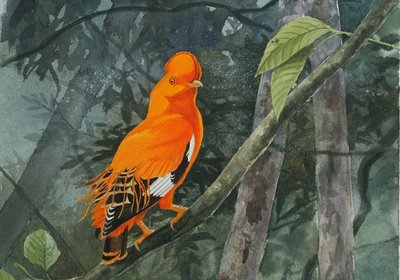
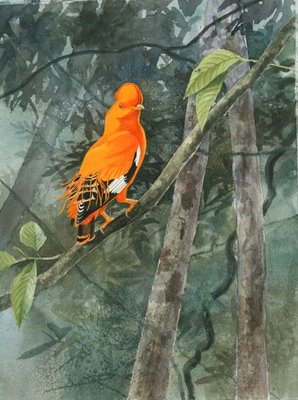
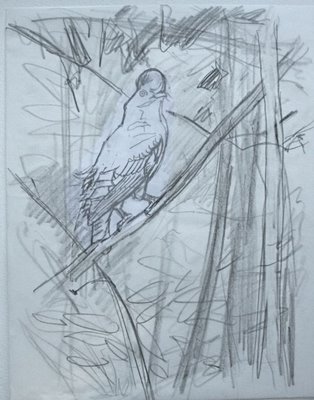
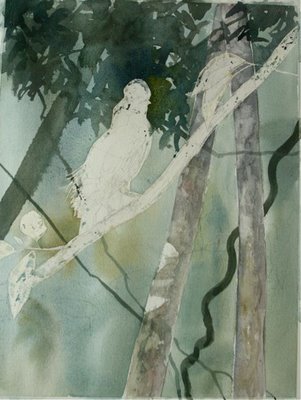
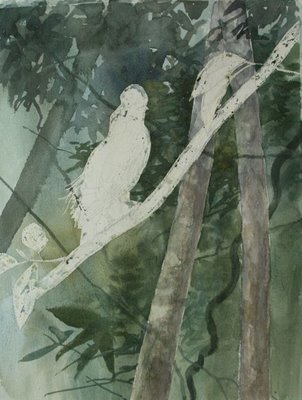
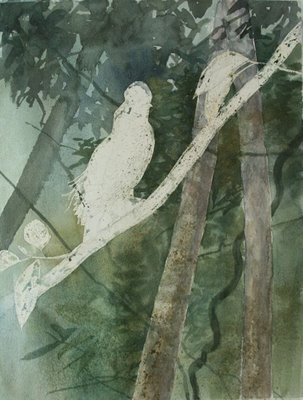
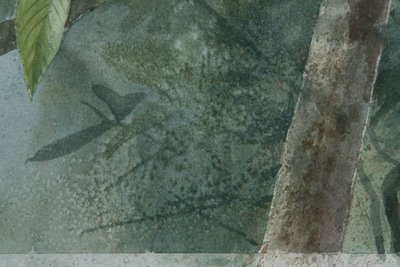
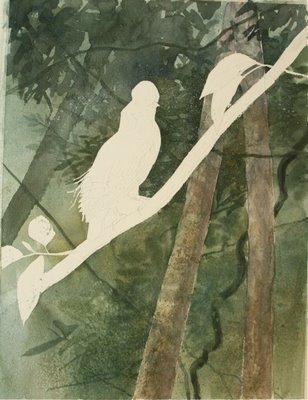
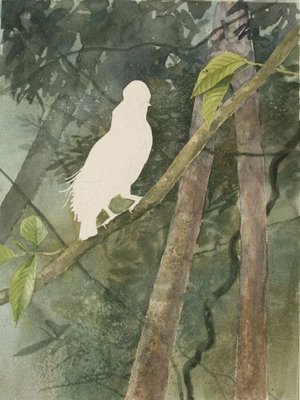
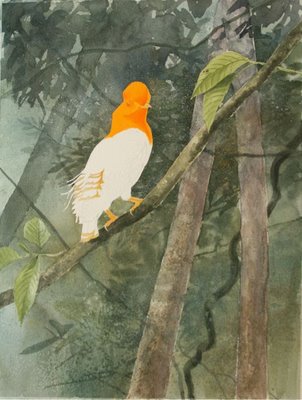
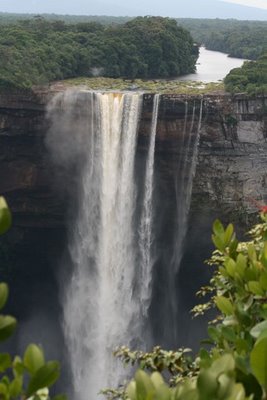
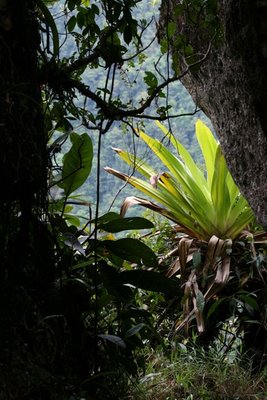
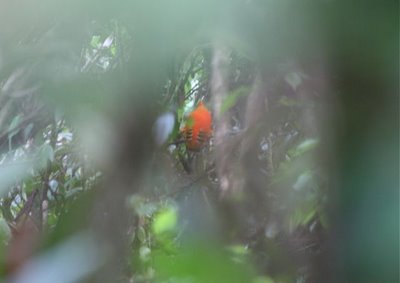
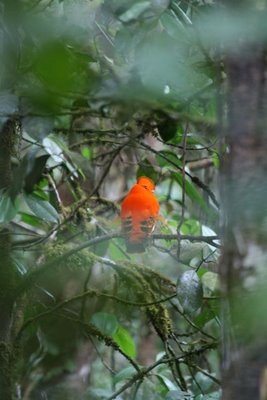
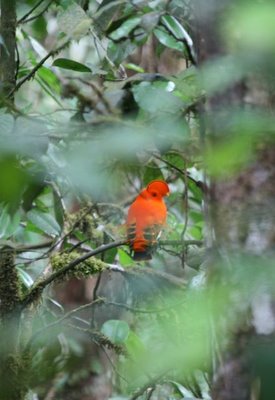
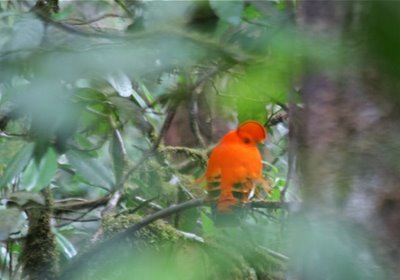
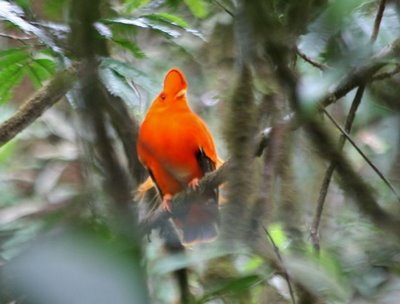
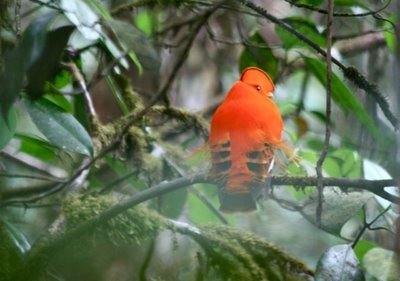
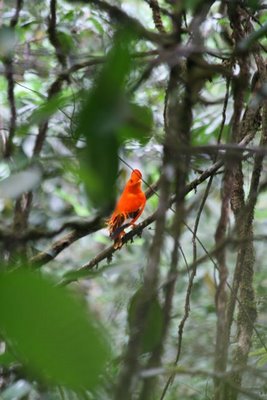
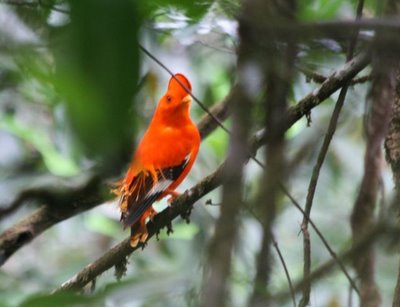
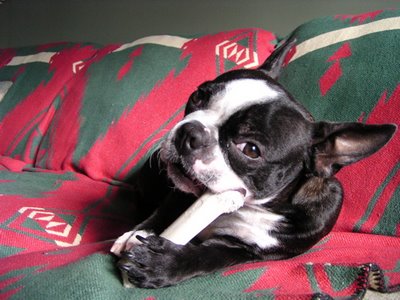
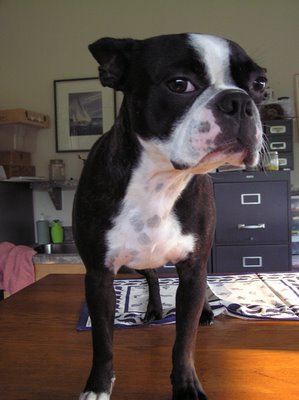
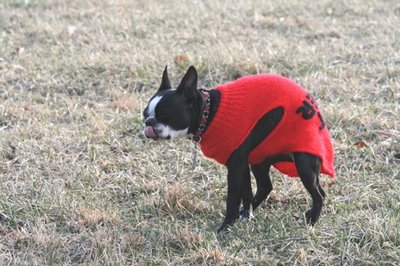
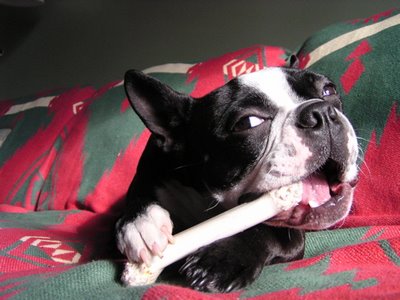
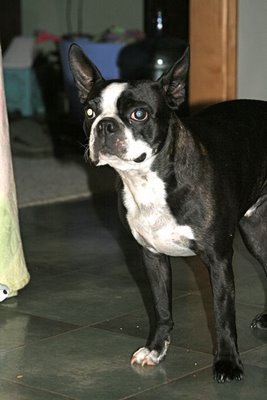

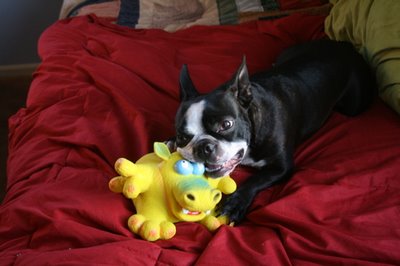
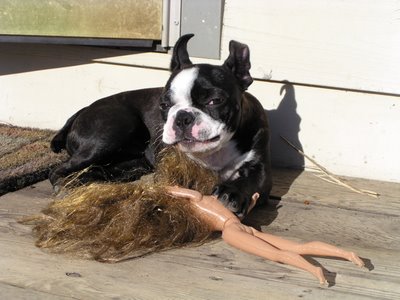


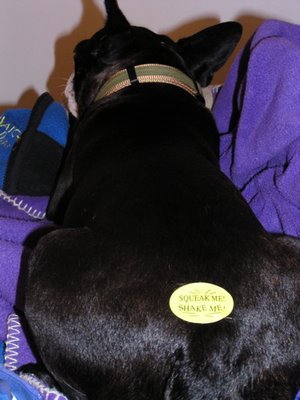







Wednesday, December 31, 2008
11 comments